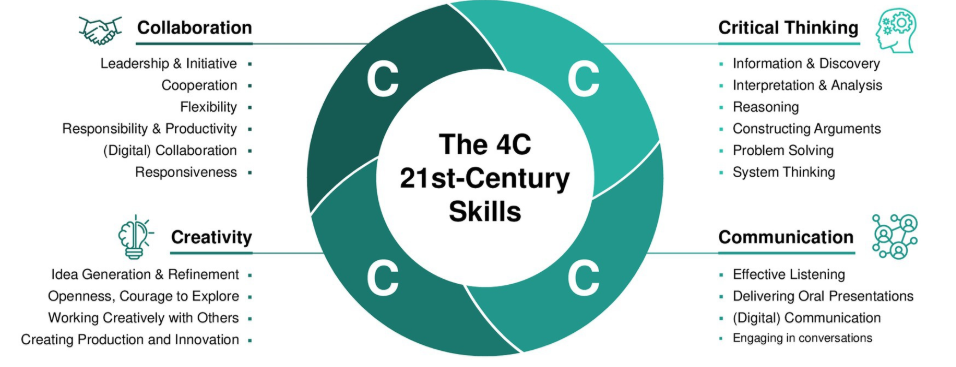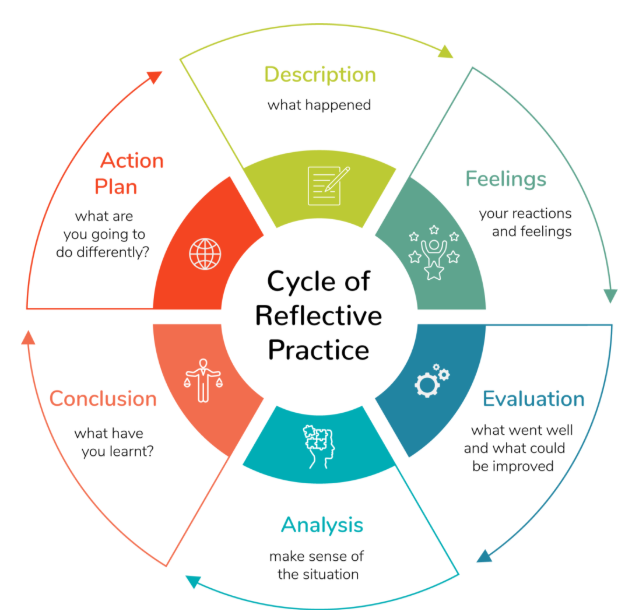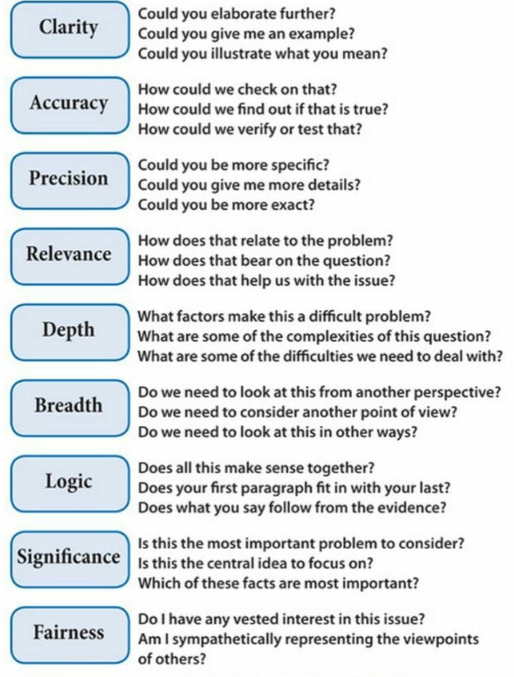Page contents
ToggleTools and techniques to improve critical thinking in research
There critical thinking, although essential in research, requires deliberate practice and the use of effective tools and techniques. These resources help researchers analyze, evaluate, and synthesize information systematically, while avoiding bias and error. This chapter explores methods and practical strategies to improve critical thinking throughout the research process, ensuring results rigorous, reliable and impactful.

Collaborative practices
Collaboration fosters diversity of perspectives, which is essential for challenging assumptions and expanding the scope of critical thinking. Peer review is a cornerstone of collaborative research, providing opportunities for constructive critique and refinement. Interdisciplinary collaborations further enrich critical thinking by integrating diverse methodologies and theoretical perspectives, encouraging researchers to assess problems from multiple angles.

Peer review is one of the most prominent examples of collaborative critical thinking. It provides researchers with constructive criticism, helping to refine methodologies, interpretations, and conclusions. A robust peer review process:
- Identifies blind spots : Reviewers often detect biases or variables overlooked by the original researchers.
- Improves rigor : Feedback can prompt researchers to strengthen their experimental design or analysis.
- Ensures reproducibility : By critically assessing the clarity and transparency of methods, reviewers help ensure that studies can be replicated.
Example : A team conducting a clinical trial receives peer feedback highlighting the need for a larger sample size to increase statistical power. This criticism prompts the researchers to adjust their study design, resulting in more robust and generalizable results.
Counterexample : If the peer review process lacks diversity in expertise, reviewers may fail to detect methodological flaws or offer relevant critiques, leading to the publication of erroneous findings.
Reflective practices
Reflective practices are essential to enable researchers to evaluate and refine their methodologies, decisions and interpretations.
Keep a research journal is a practical and effective reflective tool. It allows researchers to document their thought processes, decisions, challenges, and evolving interpretations throughout a project. This practice not only promotes self-awareness, but also creates a valuable record for future reference.
Example : A researcher working on a longitudinal study notes in his journal that a particular survey question is often misunderstood by participants. This reflection leads to a redesign of the question for subsequent rounds of data collection, improving the clarity and reliability of responses.
Counterexample : A researcher does not document problems encountered during an experiment. When similar problems arise in a future project, he must solve everything from scratch, thus wasting valuable time and information that could have been learned from his previous experiments.
Post-project evaluations : These evaluations involve a systematic review of the entire research process to identify successes, failures, and areas for improvement. They often include feedback from other team members and stakeholders, providing a comprehensive view of the project.
Example : After completing a study of agricultural practices, a research team holds a debriefing meeting. It identifies that logistical challenges have delayed data collection and proposes specific measures, such as hiring local coordinators, to streamline future efforts.
Counterexample : A team completes a study and moves on without examining what worked and what didn't. As a result, it repeats the same organizational mistakes in subsequent projects, harming its effectiveness and results.
Reflective questioning : Ask questions questions as :
- “What assumptions am I making?”
- “How can my biases influence my conclusions?”
- “Are there alternative explanations for my results?”
These questions prompt researchers to critically evaluate their approach and strengthen the rigor of their work.
Example : A social science researcher examines a survey-based study and wonders whether his sample adequately represents minority groups. This reflection leads him to collect additional data to fill this gap, ensuring more complete results.
Counterexample : A researcher assumes that his experimental setup is perfect without considering whether external factors, such as environmental conditions, might have influenced the results. This omission compromises the validity of his conclusions.

Logical reasoning
Logical reasoning ensures coherence and cohesion in the research process. Researchers can improve their reasoning skills through:
- Deductive logic : To draw specific conclusions from general principles or theories.
- Inductive logic : Develop generalizations based on specific observations or data.
- Avoiding Logical Fallacies : Recognize and mitigate errors such as false causality, ad hominem attacks, or sweeping generalizations.
Techniques such as double-blind review, randomization in sampling, and triangulation of methods are effective in minimizing bias. Researchers should also actively seek out divergent opinions and alternative perspectives to counter confirmation bias.

Conclusion
The application of tools and techniques enhances critical thinking by providing structure, fostering collaboration, and promoting reflection. By integrating these resources into their practice, researchers can improve the quality and credibility of their work, contributing significantly to scientific advancement. The next chapter will explore the integration of critical thinking in interdisciplinary and collaborative research contexts, highlighting its importance in addressing complex global challenges.